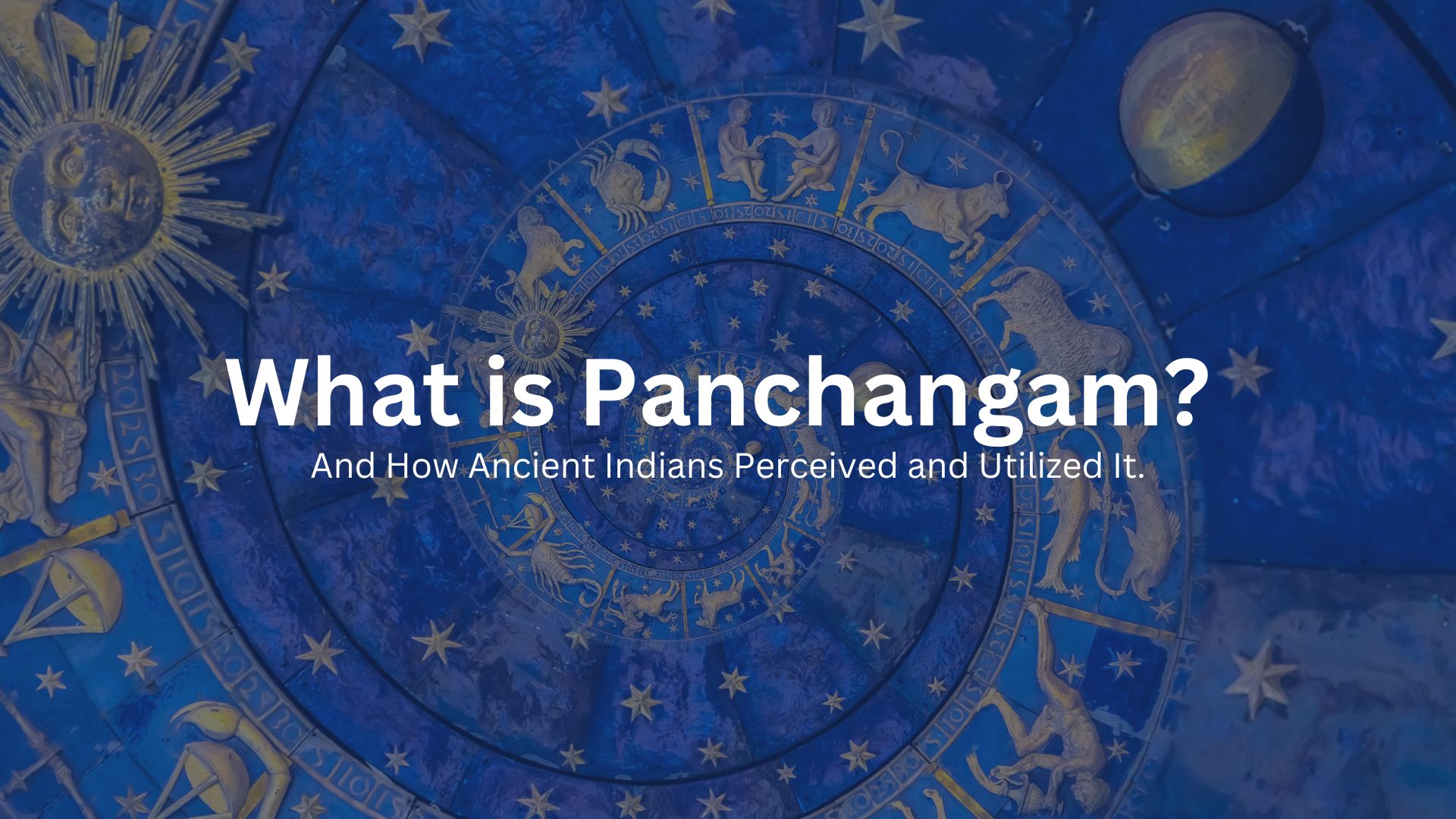
Introduction:
Panchangam, a traditional Hindu almanac, is a comprehensive calendar that holds valuable information about auspicious and inauspicious timings, festivals, and celestial events. Understanding how to read Panchangam can provide individuals with insights into the most favorable moments for various activities, ensuring harmony with cosmic energies. In this guide, we will explore the essential components of Panchangam and offer insights into interpreting this ancient calendar system.
The Components of Panchangam:
Panchangam comprises five key elements, each representing a different aspect of time:
a. Tithi (Lunar Day): The lunar day is a fundamental unit of time in the Hindu calendar. It is based on the moon's position relative to the sun and is divided into 30 tithis.
b. Vara (Weekday): Panchangam follows a seven-day week, with each day associated with a specific planet. Understanding the day's ruling planet can provide insights into the overall energy of that day.
c. Nakshatra (Lunar Mansion): Nakshatras are 27 lunar mansions that the moon transits through during a lunar month. Each Nakshatra has its unique characteristics, influencing various aspects of life.
d. Yoga: Yoga represents a combination of the sun and the moon's positions. There are 27 yogas, each associated with specific activities and energies.
e. Karana: Karana is half of a Tithi and is associated with specific activities and events. There are 11 Karanas in total.
Auspicious and Inauspicious Timings:
Panchangam provides information on auspicious and inauspicious timings, known as Muhurthas. These are favorable periods for starting new ventures, performing rituals, or engaging in significant activities. Conversely, inauspicious timings, or Rahukalam, should be avoided for important tasks.
Festivals and Celebrations:
Panchangam includes a detailed list of festivals, fasting days, and other religious events. Understanding these dates is crucial for planning and participating in cultural and religious activities.
Solar and Lunar Eclipses:
Panchangam also predicts solar and lunar eclipses, providing information on the date, time, and duration of these celestial events. Traditionally, eclipses are considered powerful times for spiritual practices and introspection.
Practical Tips for Reading Panchangam:
a. Online Resources: In the digital age, several online platforms provide Panchangam information. Websites and mobile apps offer daily updates and personalized Panchangam readings based on your location.
b. Consulting Experts: For more detailed and personalized insights, consulting with astrologers or scholars well-versed in Panchangam can be beneficial. They can provide guidance based on your individual birth chart.
c. Regular Updates: Panchangam is dynamic and changes daily. Regularly checking updates ensures that you stay informed about the prevailing cosmic energies and make informed decisions.
Conclusion:
Reading Panchangam is an art that connects individuals with the rhythms of the cosmos, helping them navigate life's journey with greater awareness. By understanding the components of Panchangam and applying its insights, one can align their activities with the natural flow of energy, promoting well-being and success. Embrace the wisdom of Panchangam and unlock the secrets of time for a harmonious and fulfilling life.
NEXT ARTICLE

Subramania Bharati, often referred to as Mahakavi Bharati (Great Poet Bharati), was a revolutionary poet, journalist, and social reformer whose words...

Some writers tell stories, and then there are those rare souls who hold up a mirror to our civilisation, our history, and our innermost selves. Sri Sa...

As the Tricolour rises high on 16 December, Vijay Diwas calls out to the conscience of the nation.It reminds us of a timeless truth:Freedom is earned,...